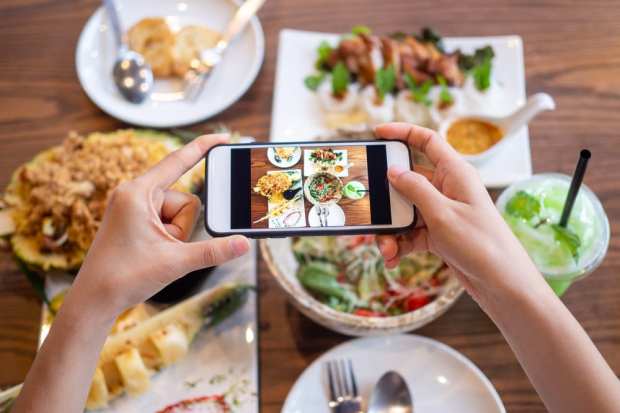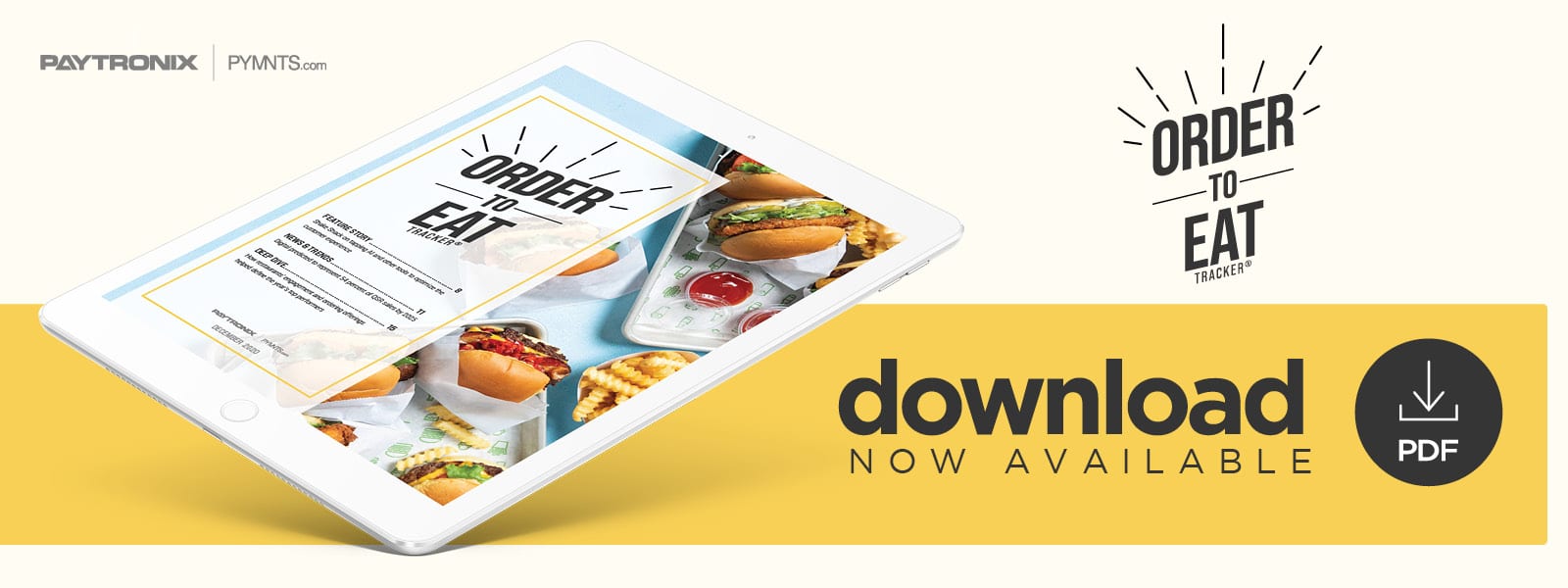Deep Dive: What Separated The Top Restaurants From The Rest In 2020

The pandemic’s onset in March gave sudden urgency to the importance of having digital sales channels, and restaurants that could not quickly pivot to provide these capabilities missed out on crucial sales opportunities. Mobile ordering and payment in particular, as well as the surprise sales boost of loyalty rewards programs, appeared to make all the difference between top-performing and struggling restaurants in 2020.
That is the takeaway from The Restaurant Readiness Index, a PYMNTS and Paytronix collaboration based on a census-balanced panel of 2,123 U.S. consumers and 490 restaurant operators. The study was designed to identify the major digital innovations that could help restaurants deliver improved customer service and increase their average unit volumes (AUVs).
The following Deep Dive offers study insights into how restaurants’ engagement and ordering strategies have affected their performance since the pandemic began. It also suggests how these strategies can be tailored to better serve consumers in a digital-first economy that prizes speed and convenience.
The Winning Combo For Restaurants
The restaurant industry has been one of those hardest-hit by the pandemic, with capacity restrictions and widespread closures initially bringing business to a halt for many that depended on brick-and-mortar sales. An estimated 4 in 10 restaurants have experienced declining revenues since the start of the crisis, and the figure is even higher for those generating lower AUVs: PYMNTS research showed that 60 percent of restaurants with AUVs of less than $250,000 have seen a drop in sales since then, while those with AUVs of more than $1 million have managed to fare better, with 32 percent seeing their revenues dip during this time frame.
Many restaurants that have survived — or even thrived — during the crisis did so by adapting to offer their customers digital ordering and purchasing options. Our survey revealed that 23 percent of all restaurants have found their customers engaging more with their online and digital channels now than they did before the pandemic.
Some restaurants have clearly succeeded better than others in making the shift to eCommerce, however. The study showed that 56 percent of restaurants whose customers used mobile ordering features, in particular, actually experienced increased revenues since the pandemic began, and only 13 percent of these restaurants saw revenues decline. Mobile order-ahead and loyalty rewards programs, in fact, were the two most common features that set top-performing restaurants apart from their competitors, with nearly 92 percent of all top performers offering some blending of the two. Only 31 percent and 21 percent of bottom performers, in stark contrast, offered mobile and rewards, respectively.
Nearly all top performers offered other significant features as well, including online ordering via website, as opposed to mobile, and curbside pickup — highly desirable options for consumers wishing to keep their distance from staff members. The two standout features of mobile and loyalty rewards, however, appear to be a winning combination for restaurants seeking to maximize their engagement strategies.
Closing The Loyalty Program Disconnect
Loyalty and rewards programs turn out to be the most important ordering feature for encouraging customers to increase their spending. Survey findings indicate that 39 percent of all restaurant customers would be enticed to spend more on their food purchases if their restaurants offered loyalty and rewards programs.
Nearly 40 percent of all restaurants do not offer these features, however, and such perks are even scarcer among restaurants that generate less than $1 million in AUV — those that stand to benefit most amid the economic downturn.
One of the reasons more restaurants do not offer loyalty and rewards programs appears to be a lack of recognition that customers want them. Our findings show that 51 percent of customers think these programs would improve restaurants’ offerings, but fewer than one-third of restaurant managers agree.
That is not the only issue dividing customers and managers, either: Just 19 percent of consumers believe self-service kiosks will be key for restaurants going forward, while 37 percent of restaurant managers are convinced they are the way to go. These results indicate a critical disconnect between managers’ priorities and what consumers truly want from their ordering experiences.
Mandated closures and capacity limits have permanently altered the restaurant industry landscape, but they are not projected to cause the sector’s death. Many businesses stepped up — some seemingly overnight — to make digital upgrades and improve pickup and delivery options at a time when indoor dining was not possible. The pressure is on now for quick-service restaurants (QSRs) to adopt or expand mobile channels and to pay close attention to what customers want. Eateries that fail to offer rewards programs and seamless mobile ordering will have a more difficult time not only being successful but also remaining open.
